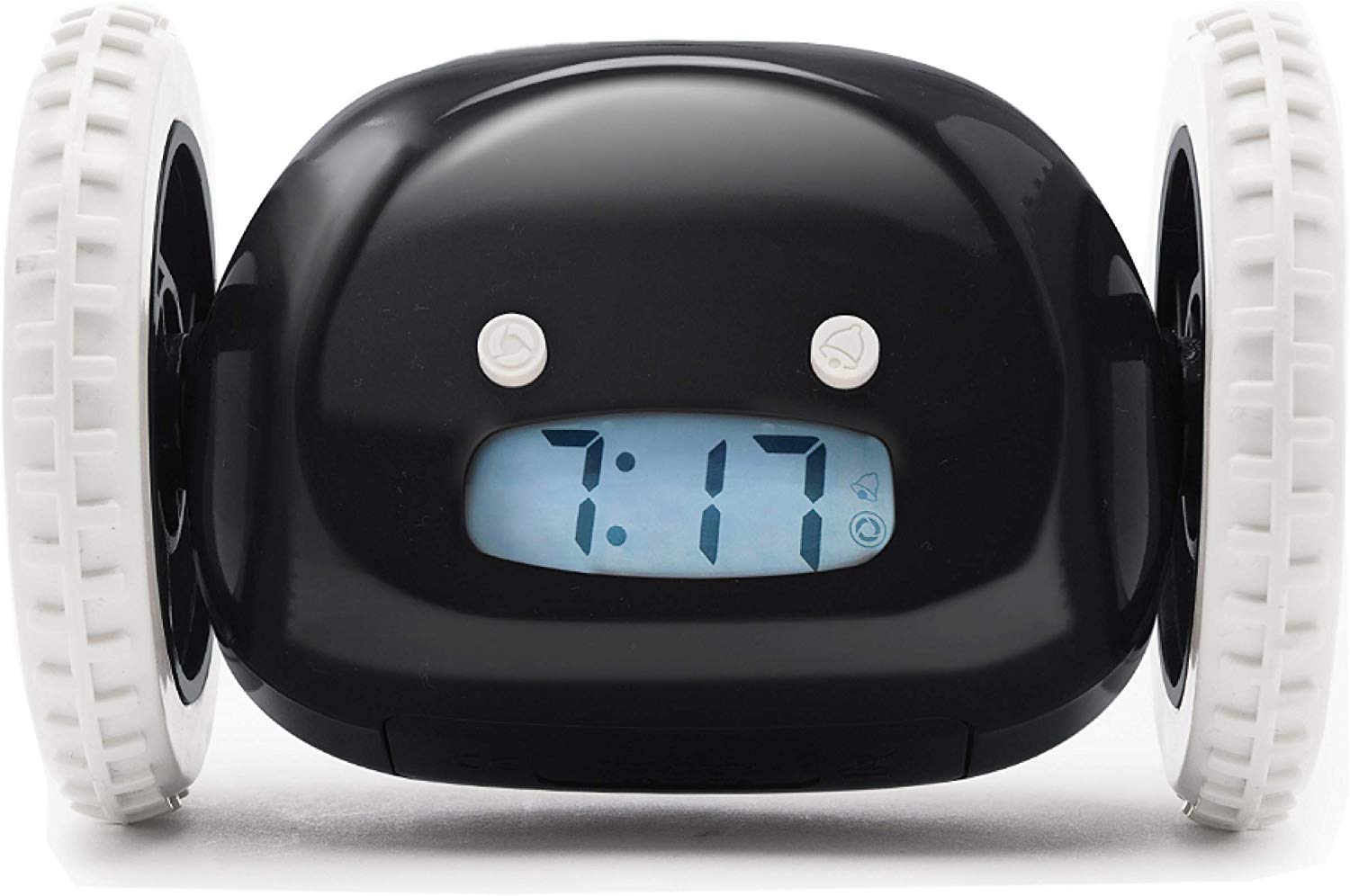

A microprocessor ensures that the device will move at a random speed, in a random direction, and around obstacles, using a different route each time.

The device functions as a regular alarm clock, except that it moves on its own power when the snooze button is pressed a second time. The development of Clocky and marketing of it has become a Harvard Business School case study: Clocky, the Runaway Alarm Clock. In October 2012 during a video interview, Gauri mentioned that over 500,000 units had already been sold. The newer version, though not carpeted, is still designed to appear zoomorphic. Nanda filed for a patent and, with support from her family, left MIT after a master's degree to found Nanda Home and develop the invention for commercial production. Within two weeks information about the device became an Internet meme and Nanda, the inventor, had been booked to demonstrate the device on Good Morning America. However, several months after a description was posted on the Media Lab website, pictures of Clocky were picked up on various technology product blogs including Gizmodo, Engadget, and BoingBoing. After the end of the design class for which she invented Clocky, Nanda did not make any further plans for the device. The original prototype, built in three days, was covered with shag carpet to appear like a pet. After earning her undergraduate degree from the University of Michigan and her master's degree from MIT, Nanda founded a company, Nanda Home, to commercialize Clocky and other home products. Invented for an industrial design class by Gauri Nanda, then a graduate student at MIT Media Lab, Clocky won the 2005 Ig Nobel Prize in Economics. Clocky is a brand of alarm clock outfitted with wheels, allowing it to hide itself in order to force the owner awake in an attempt to find it.


 0 kommentar(er)
0 kommentar(er)
